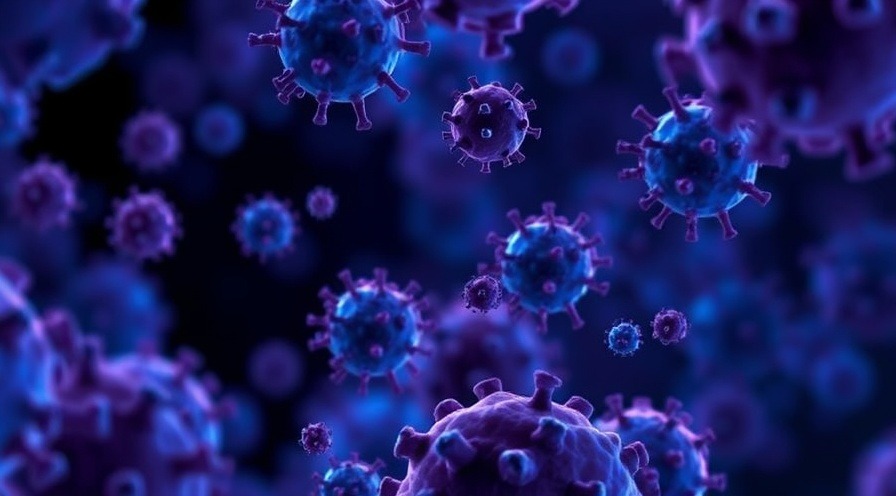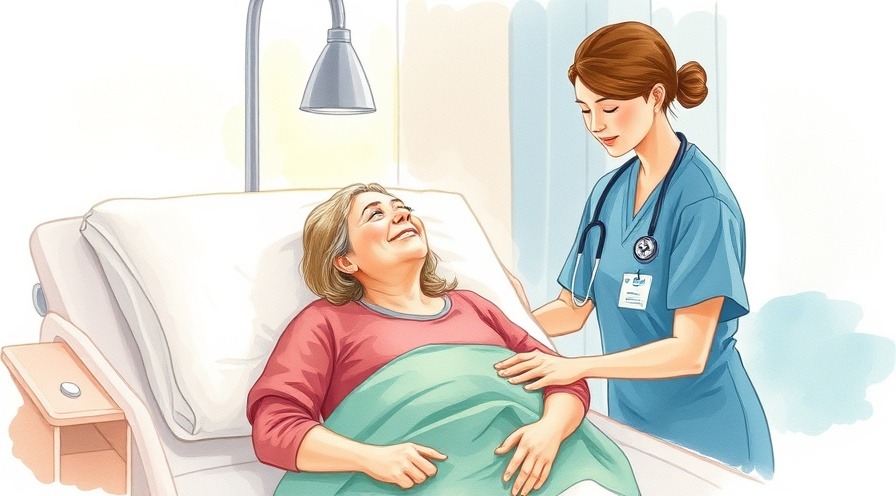
Understanding Bladder Tumors: What You Need to Know
Bladder tumors can sound scary, but gaining knowledge about them can empower individuals to take charge of their health. These growths originate from various layers of the bladder wall and can be benign or malignant. The most common malignant tumor is urothelial carcinoma, which arises from the urothelial cells. Benign tumors, such as urothelial papillomas, are less common and usually remain localized. Knowing the differences between these types of tumors can help in early detection and treatment.
In Bladder tumors: Clinical Nursing Care, the discussion dives into the nursing care and patient support needed for those with bladder tumors, exploring key insights that sparked deeper analysis on our end.
Symptoms to Watch: Recognizing Bladder Tumors
Initially, bladder tumors may not show any symptoms, leading to delayed diagnosis. However, as they grow, patients may experience painless hematuria (blood in urine), pelvic pain, and frequent urgency to urinate. Recognizing these symptoms early is vital, as early detection can significantly impact treatment outcomes and overall wellness.
Risk Factors: Who is at Higher Risk?
Understanding the risk factors associated with bladder tumors can be beneficial. Non-modifiable factors include age—those over 55 years—and family history of bladder tumors. Modifiable risk factors like tobacco use, exposure to industrial dyes, and obesity can be controlled. Focusing on a healthy lifestyle and avoiding known toxins are critical steps in reducing risk.
The Diagnostic Journey: How Are Bladder Tumors Identified?
The diagnostic process for bladder tumors typically starts with a patient’s medical history and a physical examination, followed by imaging tests such as CT scans or MRIs. The definitive diagnosis is made through cystoscopy and biopsy, which helps distinguish between benign and malignant tumors and provides essential information regarding tumor grading and staging.
Treatment Options: What Are Your Choices?
Treatment for bladder tumors can vary widely based on tumor aggressiveness and how far it's spread. Small, localized tumors may be treated with transurethral resection, while larger tumors might require a radical cystectomy, which removes the entire bladder. Patients should discuss all possible treatment options with their healthcare provider to make informed choices that align with their health goals.
Life After Diagnosis: Nursing Care and Patient Support
Nursing care plays a pivotal role in managing bladder tumor patients. Nurses are key to providing postoperative care, educating patients about managing side effects, and offering psychological support. Essential self-care practices, such as maintaining hydration and recognizing signs of infection or complications, should be emphasized to promote patient well-being.
In Bladder tumors: Clinical Nursing Care, the discussion dives into the nursing care and patient support needed for those with bladder tumors, exploring key insights that sparked deeper analysis on our end. Educating patients about their condition, treatment plans, and self-care is critical in enhancing quality of life. For patients diagnosed with bladder tumors, knowing when to seek medical advice, particularly regarding urinary issues, can significantly determine their recovery path.
It's essential for those affected by bladder tumors to have a thorough understanding of their condition and treatment. By staying informed and engaged in their health care, patients can better navigate their journeys toward recovery. Remember, awareness is the first step towards action—don't hesitate to reach out to healthcare professionals with any concerns.
 Add Row
Add Row  Add
Add 




Write A Comment